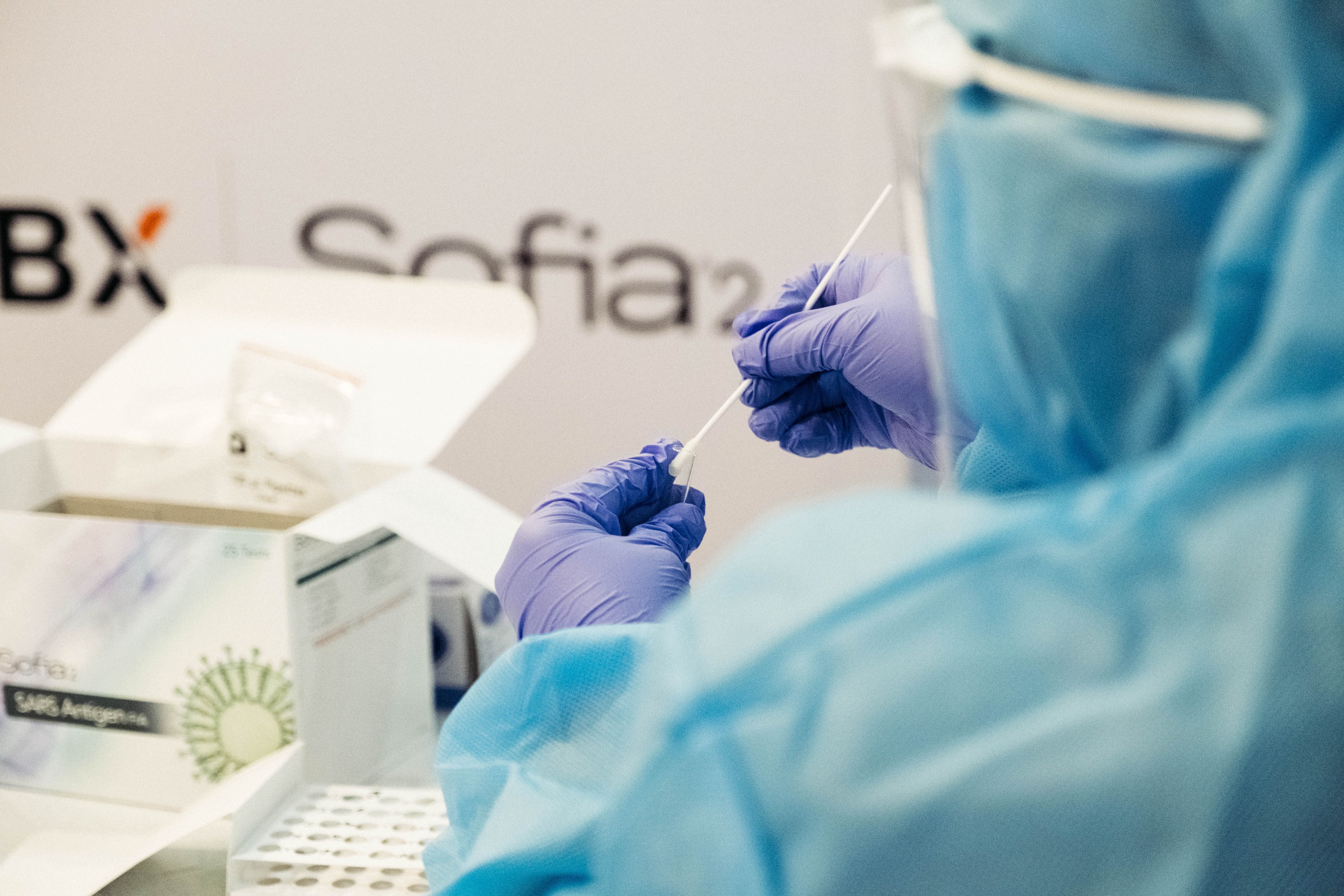Model Shows Benefits and Drawbacks of COVID-19 Pool Testing
Regional and national decision-making can be informed by the online model, called the COVID-19 Pool Tool.

Pooled screening can find more false-negative cases of the novel coronavirus (COVID-19) and is decreased in sensitivity compared to single-sample testing, according to a research letter published in JAMA.
Investigators from Duke University School of Medicine conducted a diagnostic study in order to determine if COVID-19 pool testing was comparable to single-sample testing for different populations. The authors said that as policy makers promote pooled testing as a strategy to increase the number of people tested for COVID-19 during the pandemic, considerations such as decreasing the sensitivity of these tests and increasing the complexity of the testing should be considered. Noting all of this, they developed their COVID19 Pool Tool, an online tool using actual COVID-19 virus copy number data to model how pooled testing compared to traditional testing.
The investigators modeled 3 curves based off the FDA’s Emergency Use Authorized PCR-qualitative tests. From there, their online model was able to show a defined sample size, pool size, positivity rates, and test characteristics. The model also allowed for the comparison between pooled and single-sample testing using actual virus copy number data pulled from preprocedural screening samples as well as outpatient diagnostic samples, the authors explained. Using both sets of data mimics symptomatic and asymptomatic COVID-19 patients.
Their tool also generated random virtual pools with positive samples pulled from virus copy number data which mirrored the expected positive rate, the authors explained. The tool used virus copy numbers combined with user-defined test characteristics to predict positive pools and samples that were detected or missed, as well as the sensitivity of pooled and single-sample testing, and the number of tests performed.
There were 74 preprocedural screening sample virus copy numbers and 2,910 outpatient diagnostic sample virus copy numbers used to simulate COVID-19 cases in the tool.
Pooled testing increased the number of false-negative cases per 1,000 cases and decreased the sensitivity of COVID-19 detection, especially for low virus copy number samples and asymptomatic patients, the investigators learned.
“For example, the mean sensitivity of 5-sample pooled testing for detection of asymptomatic patients with a 10% positivity rate in the population was 77.57% (4.40%) vs 92.83% (8.38%) for single-sample testing,” the authors explained.
Additionally, the investigators’ model showed that pooled testing decreased the number of tests needed to screen 1,000 patients, but this effect was reduced by repeat testing to identify cases from positive pools for contact tracing, they said, especially at a high prevalence. They also were able to demonstrate that pooled testing identified more positive patients per 1,000 tests performed by testing more patients, but repeat testing reduced this benefit.
The study authors said that pooled testing is useful for population screening and resource-restricted settings, due to its ability to stretch COVID-19 testing supplies, increase the number of patients tested, and increase the number of cases detected. However, there are drawbacks, including the complicated workflow, lower sensitivity, and the need to repeat tests from positive pools.
Using a sequential, 2-stage pooling may be a way to reduce the burden of retesting from positive large pools, the study authors added.
“This tool offers policy makers an easy to use tool to inform regional and national decision-making about the pros and cons of pooled testing,” the authors concluded.
